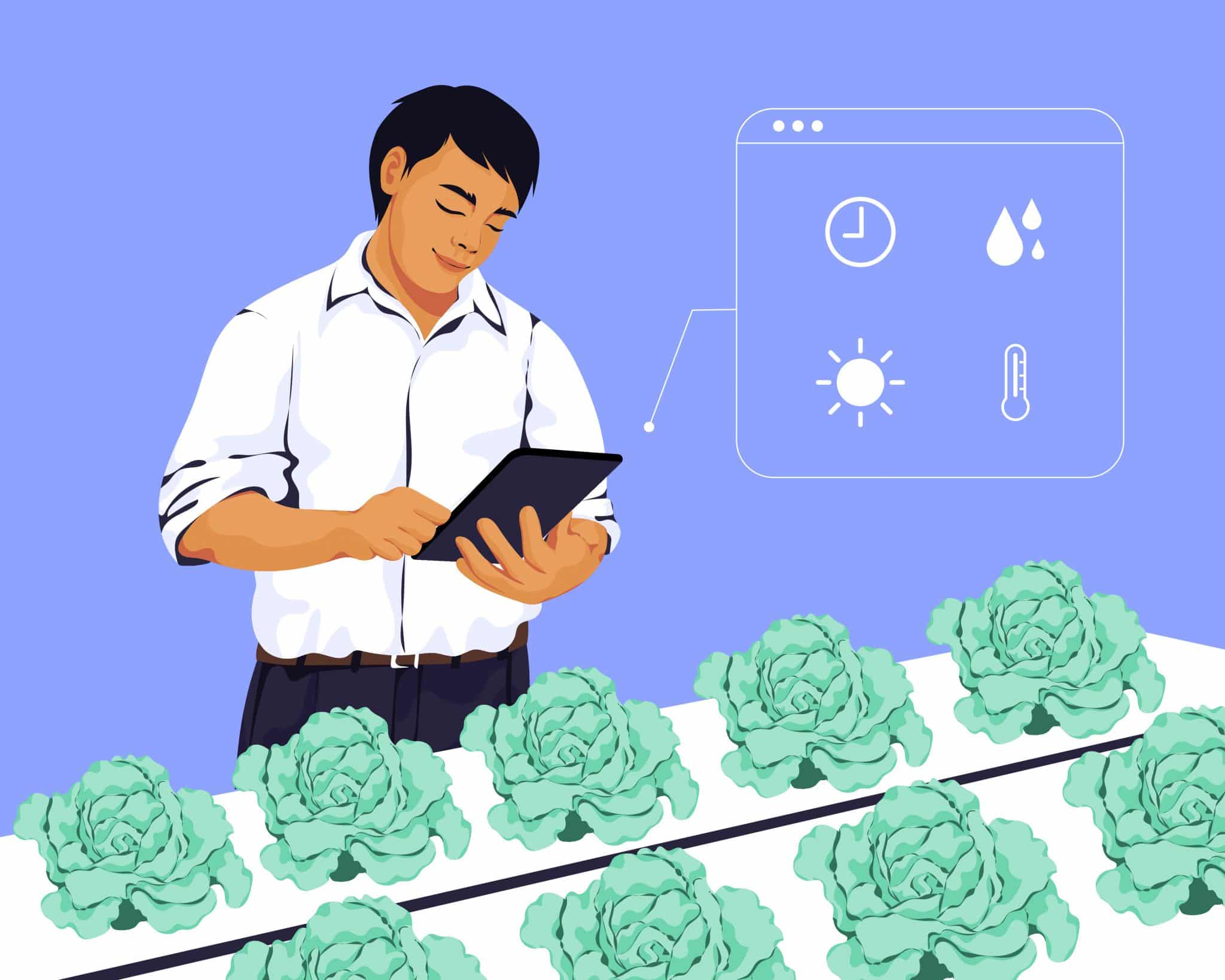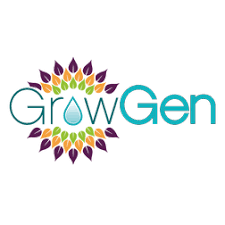Are you interested in hydroponic gardening but concerned about spending too much on supplies? Getting started in hydroponics doesn’t have to empty your wallet. Here’s a guide on creating a grow room on a budget and affordable product recommendations straight from our GrowPros.
How to Plan a Budget for Hydroponic Supplies
Building a grow room on a budget can still be successful, even with a small budget. The first step is purchasing the essential products based on your grow room space, plant types, and gardening goals. Below are factors to consider before buying hydroponic supplies to ensure you get the exact equipment you need and prevent overspending.
Grow Room or Tent Space
When purchasing hydroponic equipment, you must first factor in your grow room or tent specs. The grow room’s total square footage determines the type of hydroponic system and supporting supplies needed because it must fit with extra space available for work areas. Additionally, the types of plants you’re growing must be considered to determine the grow room or tent size to buy.
If a grow room is undersized, you risk stunted growth and improper plant development. If the growing area is oversized, you risk spending more on hydroponic supplies than you need due to larger equipment pricing. However, a larger grow tent may be worth the initial investment for easier transitions if you plan on expanding your grow room.
Plant Space Requirements
Generally, plants need up to 2 – 4 sq ft, depending on their containers. Smaller crops like microgreens (ex: cilantro & kale) and leafy greens (ex: lettuce & basil) can be cultivated in smaller grow rooms due to their smaller roots and crop sizes.
Larger crops such as tomatoes and watermelons require larger grow rooms because of their larger vines and roots. Due to this, additional growing supplies are necessary to support their vine and root systems, such as tomato stands and larger containers for repotting.
Conducting preliminary research on your plant’s growing area requirements is critical before purchasing a grow tent or grow room supplies. We suggest starting with smaller plants and crops at first for budget-conscious growers.
Grow Tent Recommendations
You can buy a small grow tent for around $100, with many sizes available to fit almost any budget and grow room space. As long as it fits your plants’ maximum growth stages, the hydroponic system used, with additional room for workspace, grow tents can be relatively affordable.
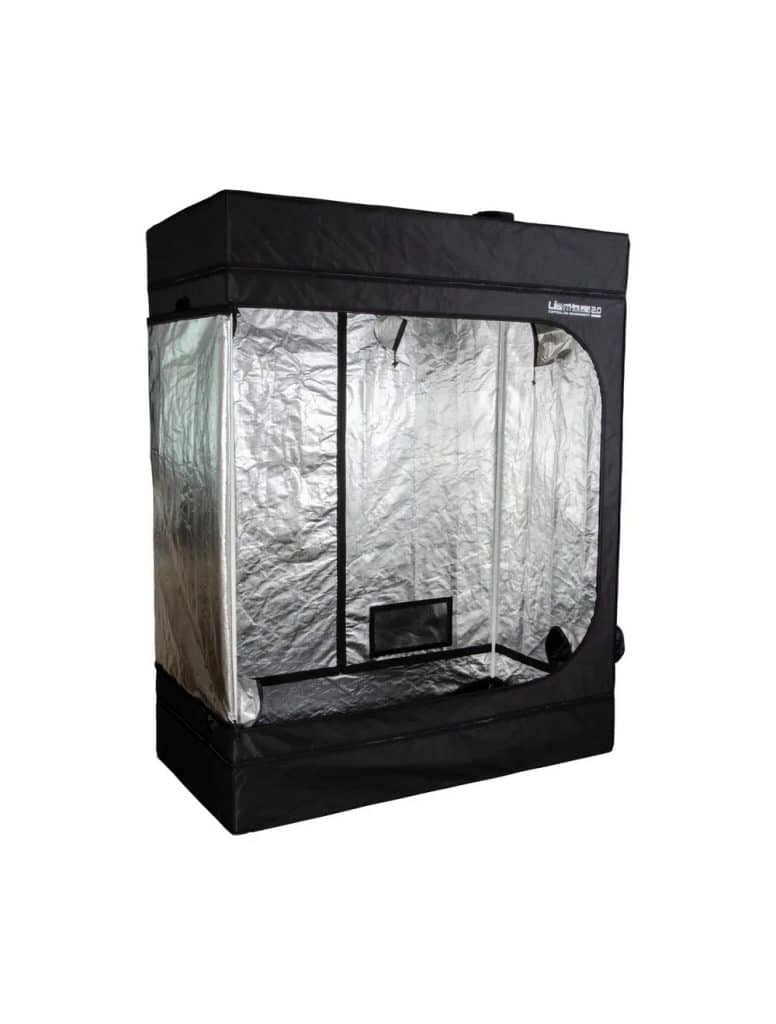
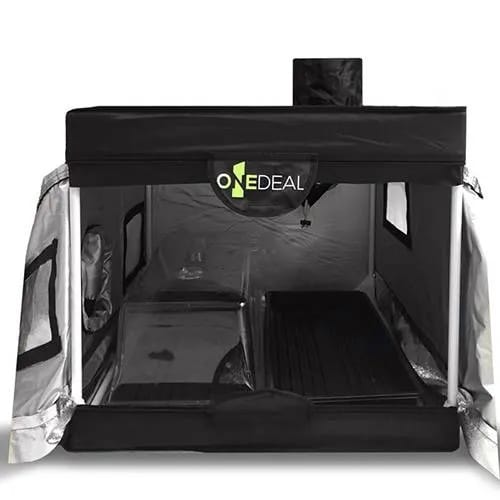
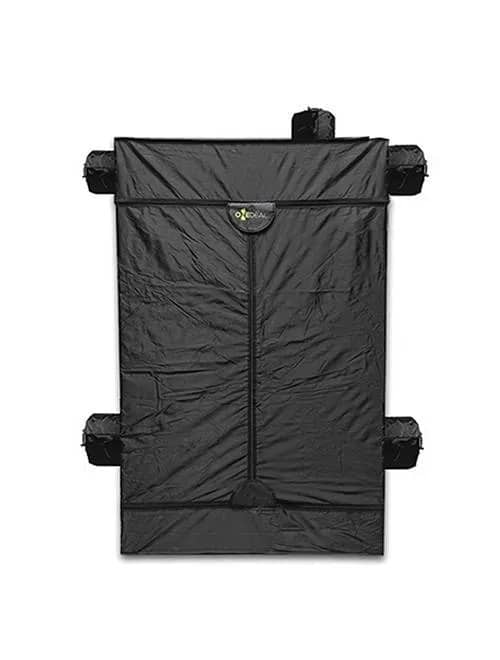
Hydroponic Growing System
Now that you understand grow room and plant growing specs, the type of hydroponic system to implement is the next step. The hydroponic system you need depends on your plant types, grow room specs and gardening goals. For example, drip and aeroponic hydroponic systems are the most expensive to set up but are ideal for larger grow rooms and plants.
Hydroponic System Recommendations
The best budget-friendly hydroponics system option is a deep water culture (DWC) system because of its flexibility and versatility.
DWC systems provide growers with many budget-friendly benefits, including:
- Least amount of equipment required
- Simplest setup
- Ample wiggle room for costly mistakes
- Easy maintenance
DWC systems are practical for beginner hydroponic growers because they are straightforward to use.
Additionally, hydroponic system cleaners are a must to prevent mildew and mold buildup from clogging your system — or risk your plants not absorbing the nutrient-filled water they need. They’re relatively cheap, with around the same pricing as household cleaning supplies.
Grow Lights
One of the most necessary purchases in hydroponics is grow lights because they mimic the sunlight plants need to thrive in an indoor artificial environment. So how do you know which grow light best suits your plant’s and budget’s needs? Some plants require more light but less heat than others lighting systems can provide. In some cases, your grow room might need to be light-tight to ensure no light can enter during specific growth periods.
It’s imperative to carefully research your plant’s lighting requirements to determine the type of grow light required.
Grow Light Recommendations
Grow lights come in different systems and prices. For hydroponic growers on a budget, we recommend purchasing LED grow lights.
Here are some benefits LED lights provide on grow room cost-savings:
- Energy-efficient– lowers electricity bills
- Long lifespan– prevents fewer bulb replacement costs
- Low heat emission– allows for closer plant proximity without overheating (and prevents seed or cutting replacement costs from grow lights with higher heat emissions)
Hydroponic growers choose LED grow lights because of their affordability, longevity, and practicality.

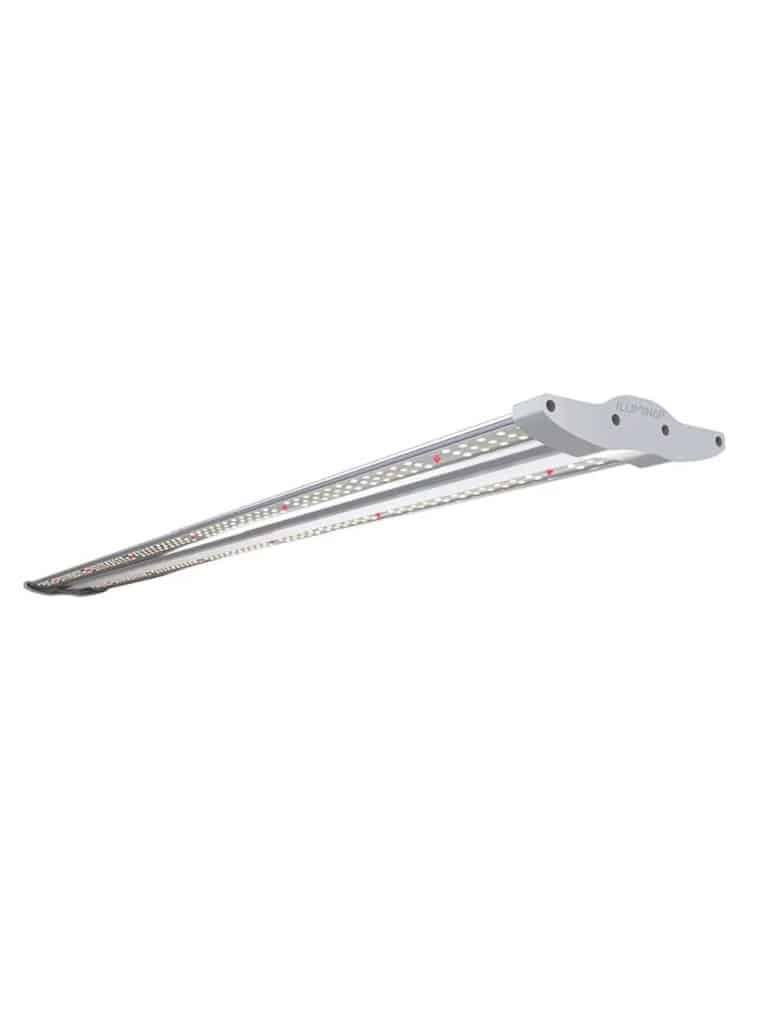
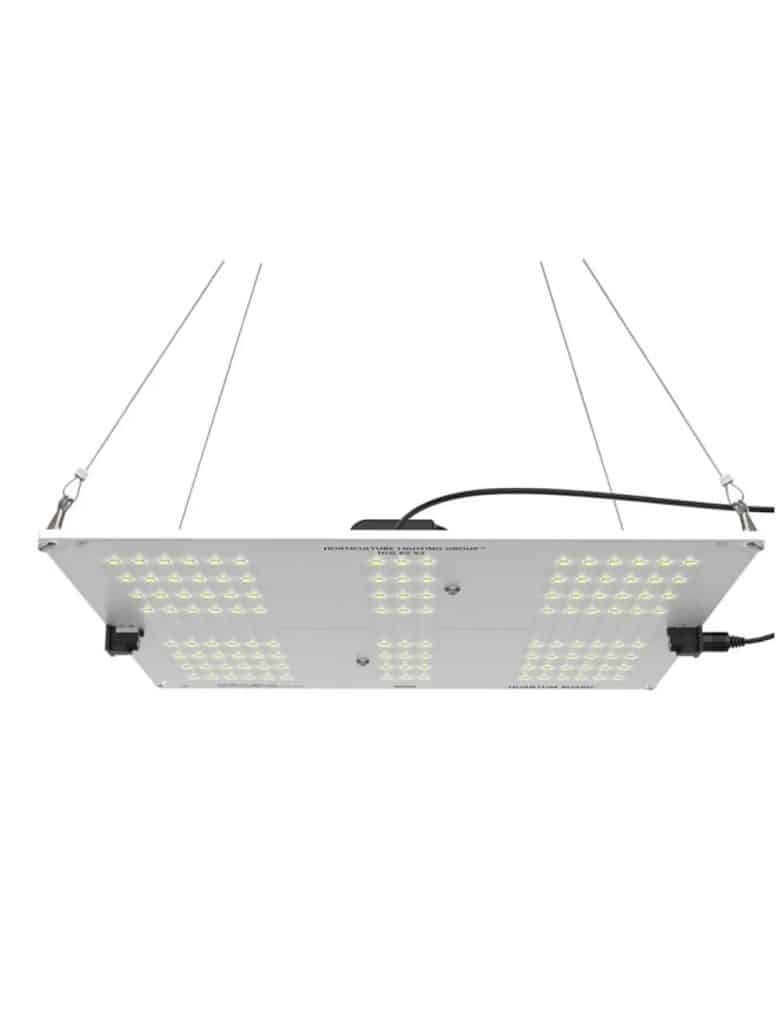
Grow Trays & Containers
You can purchase commercial-grade grow trays, but plastic grow trays and containers are as effective without blowing your budget and sacrificing quality. Grow trays with pre-drilled holes and diagonal grids are available to ensure proper water drainage and prevent overwatering plants. If you’re a seasoned hydroponic grower who wants more drainage control, purchase a grow tray without holes and drill your own.
Grow Tray Recommendations
In addition to grow trays, growing media must be placed inside these containers because they act as a soil replacement. They’re also one of the cheapest hydroponic supplies to buy. Many types of growing media are available, but the one you buy must be soilless, or it can waterlog your hydroponic system.

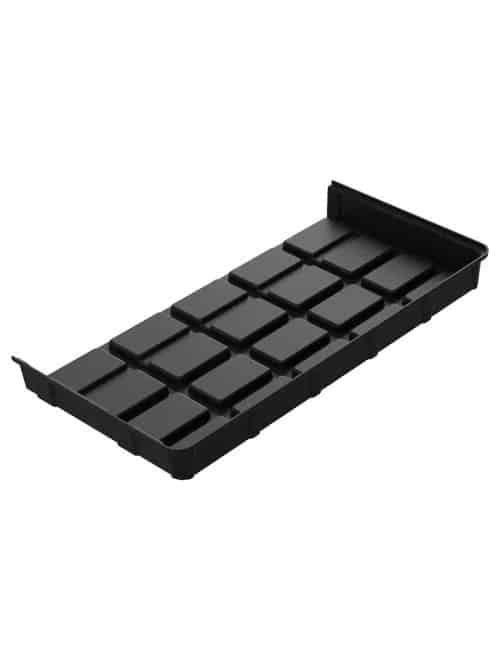
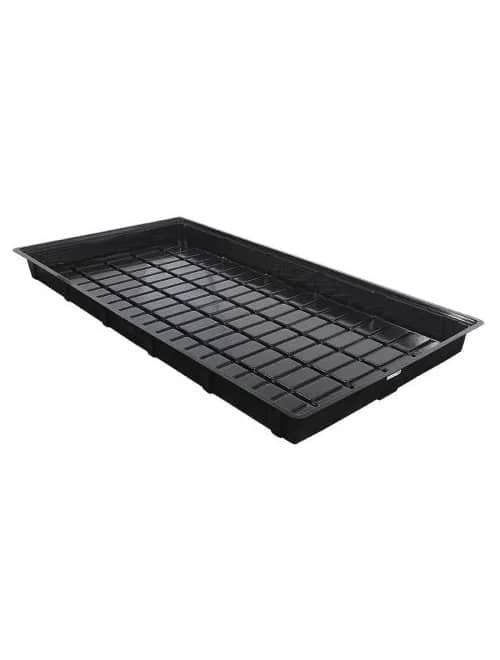
Plant Nutrients
Many types of plant nutrients are available with affordable options. A bottle of nutrient solution can last if you’re only growing a few plants. For seasoned home or commercial growers, consider buying bulk plant nutrients to get the most out of your money.
Nutrient Recommendations
You can find high-quality plant nutrients for around $20 or less. These are one of the cheapest yet critical hydroponic supplies to buy. In addition to nutrients, a pH meter is required to measure your solution’s pH levels because the naked eye cannot determine it. Most hydroponic plants require a slightly acidic pH between 6 and 7.
If your solution isn’t accurately measured and monitored with a pH meter, you can cause an overly acidic or basic pH —risking nutrient deficiency, stunted growth, and plant death. pH meters are cheap, with options available under $10.
Grow Room Ventilation
Proper air circulation is critical when growing plants indoors. For a simple ventilation system, a grow room fan and dehumidifier are sufficient to balance relative humidity (RH) and temperature.
Additionally, since the naked eye cannot measure RH, a hygrometer is required to measure and monitor your grow room’s RH levels. Focus on suitable ventilation and dehumidification equipment first to maintain grow room climate control, and you can always upgrade later.
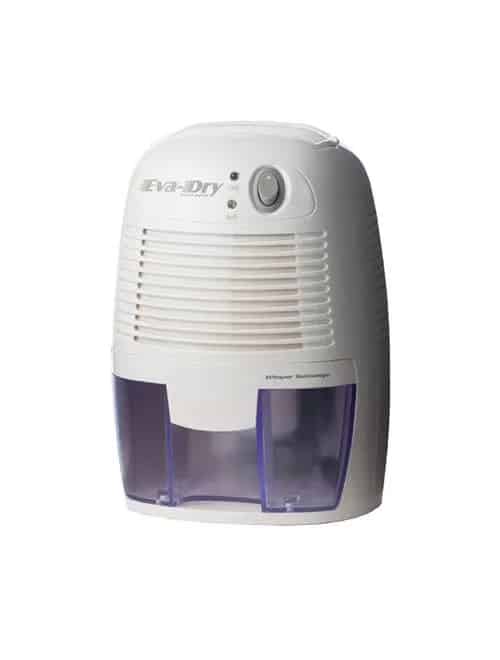
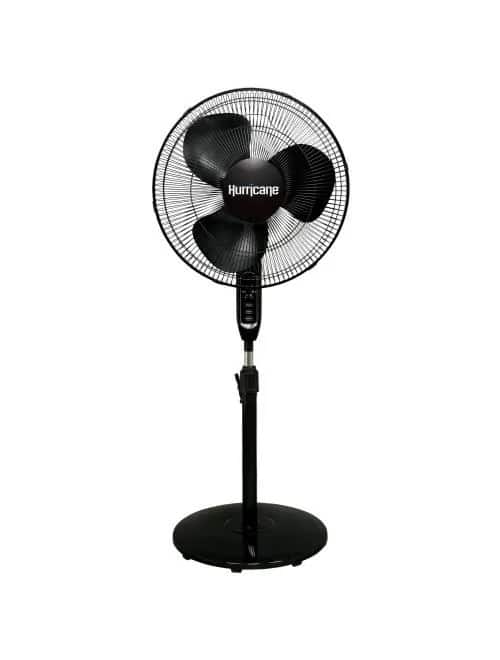
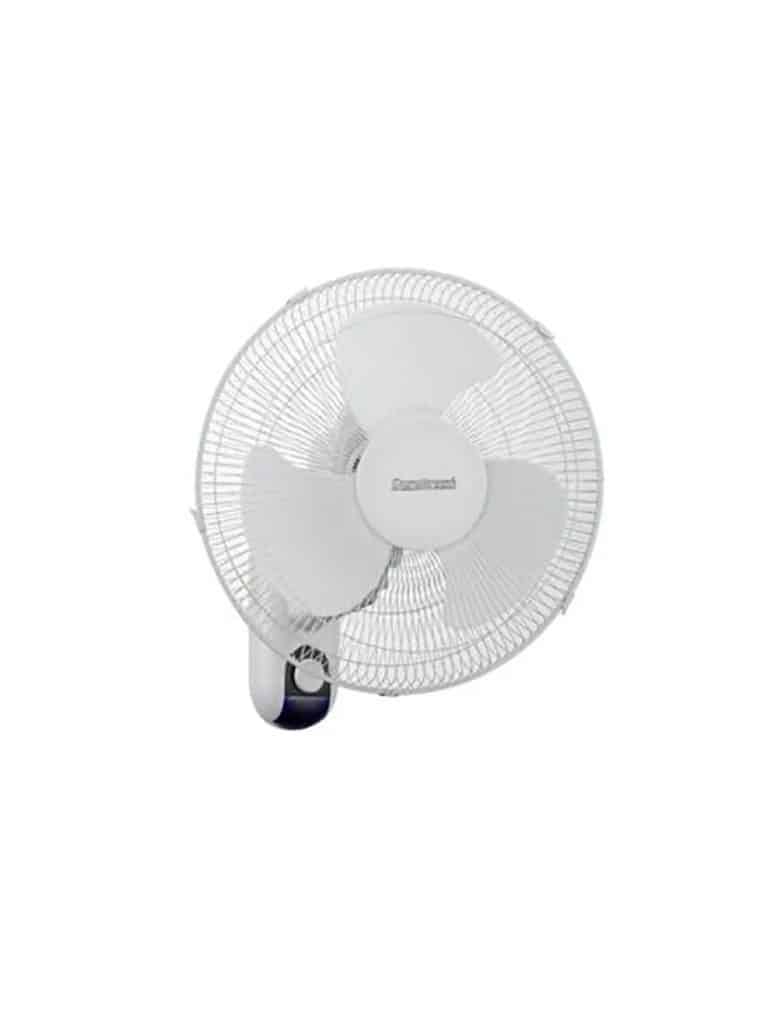
Grow Room Temperature
In a small, enclosed space, grow lights can radiate heat which can build up quickly. This heat can make a grow room overly hot, leading to problems with plant growth, such as heat stress and death.
It’s essential to know the grow room temperature at all times. Plants growing in a climate that’s too hot or cold can experience cultivation issues such as stunted growth and plant burn. You don’t necessarily need an expensive sensor, though the more expensive ones often offer many more useful features and the ability to control the environment more effectively.
Temperature Sensor Recommendations
You can purchase a basic temperature sensor for around $20 or less. Once a grower gains cultivation experience, they can invest in more expensive equipment that allows for greater control of their grow room climate. To get the best bang for your buck, purchasing a hygrometer is practical due to its 2-for-1 features because it measures both temperature and RH.
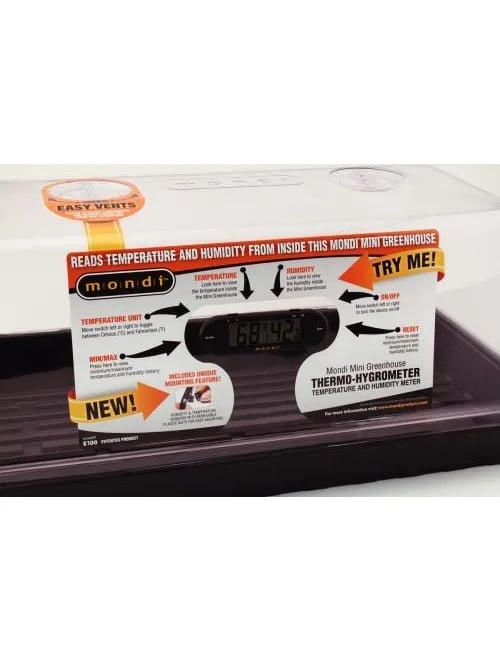
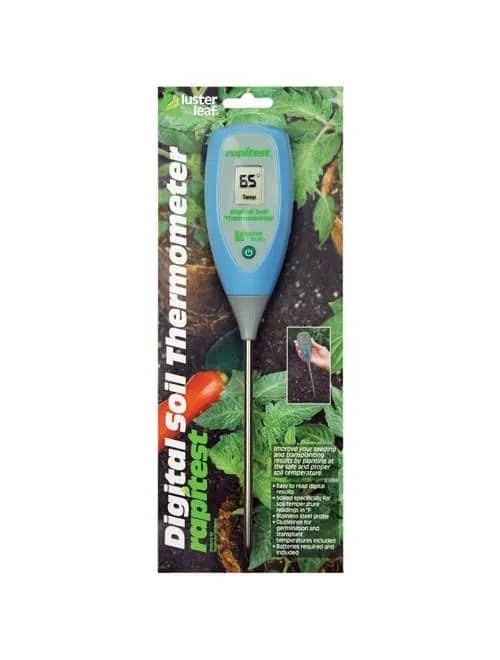

Seeds & Plants
Finally, it’s time to purchase plant seeds or cuttings. Growing plants from seeds are more affordable than cuttings. When purchasing seeds, buy from a reputable seed bank that only sells fresh and viable seeds.
What to Consider When Purchasing Seeds
Although growing from seeds is more affordable than cuttings, it takes more time and effort, and some may not sprout. Generally, most seeds will germinate within two weeks, so it’s a slower plant growth process than cuttings. Growers can learn more about harvest times on their specific seeds by reading their packet information.
What to Consider When Purchasing Plants
Purchasing established plants or cuttings can be expensive, but it accelerates plant growth and maximizes yields. It’s worth considering starting from cuttings if your budget allows higher upfront costs for a greater return on investment. Since some seeds do not sprout, growers can prevent wasted time, effort, and money by purchasing healthy, established plants.
The average harvest time also varies with each plant. For example, tomatoes can be harvested within 60 days, while green beans require as few as 50 days.
Budget Planning FAQs for Grow Rooms
It’s possible to create a cost-effective grow room. Consider the following answers to the most commonly asked questions about grow room budget.
What are the projected costs when building a grow room on a budget?
On a tight budget, you can create a grow room for around $200. If you can invest a little more, a budget of about $500 will offer better tools and more automation.
What are some recommended hydroponic supplies with a leftover budget?
If you end up spending less on grow room equipment than anticipated, consider purchasing the following supplies with your leftover budget:
- Harvest tools– protects plant health and increases yields
- Odor control– eliminates odors that build up due to the naturally humid environment
- Water filters– prevents contaminants from entering and disrupting pH levels
Which hydroponic supplies can be purchased later to save on upfront costs?
Automating your growing process is a great return on investment for hydroponic growers. It prevents costly mistakes such as overwatering and inconsistent grow room climate control. It provides growers many benefits, such as saving time, accelerating growth processes, and increasing yields.
Some growing automation supplies we recommend investing in later for budget-conscious growers are:
What’s the cheapest hydroponics system for beginners?
The best budget-friendly option is a complete hydroponics system kit. It’s an all-inclusive hydroponic growing kit that you need to get started, which can save on costs instead of buying supplies separately.
Can I set up a grow room anywhere?
Since water and nutrients are the hubs in growing plants hydroponically, the grow room’s flooring must be waterproof. Do not attempt to set up a grow room over hardwood floors or carpets. An old sheet of vinyl flooring, a plastic tarp, or a grow tent will suffice.
Shop Grow Room Supplies Today
It’s possible to create a cost-effective grow room. By taking the time to research your plant’s growing requirements with your gardening goals in mind, you can set up the most budget-friendly grow room.
Ready to start shopping? Browse our selection of grow room supplies or talk to a GrowPro at one of our many US locations.





